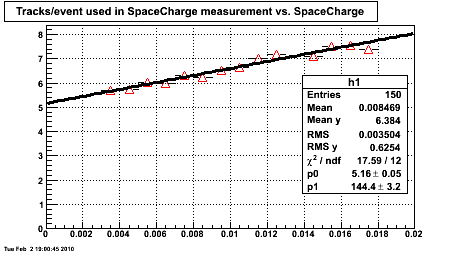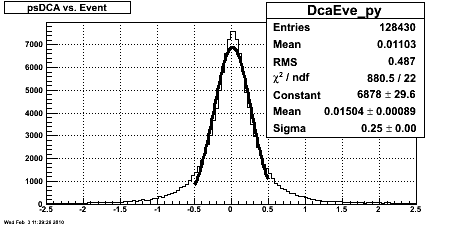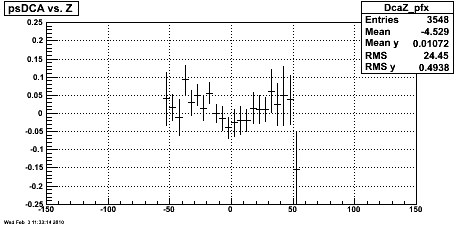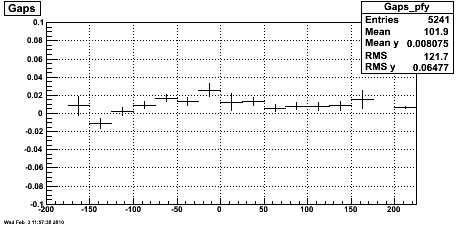- genevb's home page
- Posts
- 2025
- 2024
- 2023
- 2022
- September (1)
- 2021
- 2020
- 2019
- December (1)
- October (4)
- September (2)
- August (6)
- July (1)
- June (2)
- May (4)
- April (2)
- March (3)
- February (3)
- 2018
- 2017
- December (1)
- October (3)
- September (1)
- August (1)
- July (2)
- June (2)
- April (2)
- March (2)
- February (1)
- 2016
- November (2)
- September (1)
- August (2)
- July (1)
- June (2)
- May (2)
- April (1)
- March (5)
- February (2)
- January (1)
- 2015
- December (1)
- October (1)
- September (2)
- June (1)
- May (2)
- April (2)
- March (3)
- February (1)
- January (3)
- 2014
- December (2)
- October (2)
- September (2)
- August (3)
- July (2)
- June (2)
- May (2)
- April (9)
- March (2)
- February (2)
- January (1)
- 2013
- December (5)
- October (3)
- September (3)
- August (1)
- July (1)
- May (4)
- April (4)
- March (7)
- February (1)
- January (2)
- 2012
- December (2)
- November (6)
- October (2)
- September (3)
- August (7)
- July (2)
- June (1)
- May (3)
- April (1)
- March (2)
- February (1)
- 2011
- November (1)
- October (1)
- September (4)
- August (2)
- July (4)
- June (3)
- May (4)
- April (9)
- March (5)
- February (6)
- January (3)
- 2010
- December (3)
- November (6)
- October (3)
- September (1)
- August (5)
- July (1)
- June (4)
- May (1)
- April (2)
- March (2)
- February (4)
- January (2)
- 2009
- November (1)
- October (2)
- September (6)
- August (4)
- July (4)
- June (3)
- May (5)
- April (5)
- March (3)
- February (1)
- 2008
- 2005
- October (1)
- My blog
- Post new blog entry
- All blogs
QA of pp200 RFF sample production
I ran StSpaceChargeEbyEMaker (in "Calib" mode, see below) over some of the data sample provided for QA of RFF pp200 data and looked at the resulting histograms. In this mode, only the number of events necessary to determine a single good SpaceCharge number are processed, and then the chain stops. Only tracks matching quality cuts (see the StSpaceChargeEbyEMaker and StMagUtilities::PredictSpaceChargeDistortion() codes) are used in the plots.
- Number of tracks per event used in determining the SpaceCharge (calculated by dividing the number of entries in the DCA histograms by the number of entries in the EvtTime histogram) vs. the SpaceCharge (as a luminosity measure, since the RICH scalers are not stored here). The plot shows an increase with increased luminosity, which in principle should not happen unless there is some bias in the triggers used at higher luminosities to select higher multiplicity events (e.g. taking more "central" triggers in higher luminosity heavy ion data, but I think this was NOT the case in pp200). I interpret this as increased inclusion of pile-up tracks passing the quality cuts and being used in the calibration.

- Signed DCA [cm] distribution of these global tracks. The distribution looks pretty good, with a mean at 150 microns and width of 2.5 mm.

- Signed DCA [cm] of "straight-up" tracks (|η|<0.05) vs. Z [cm]. Again, evidence of pile-up because the DCA does not go towards Pile-up in z-dependent TPC distortions.

- Signed DCA [cm] vs. phi [radians] for the two TPC halves. Sector 11 (blue, phi ~= 2.3) looks a bit questionable.

- Gap (difference of the signed along-the-padrow-residuals on padrows 13 and 14) [cm] vs. Z [cm]. Flat on the west, and a slight slope on the east (perhaps due to inclusion of sectors 18 and 20, which should [but don't] have a different correction due to dead anode regions), with a mean of ~80 microns. The point at z>200 is a projection of all Z.

______________
Running the StSpaceChargeEbyEMaker on event.root files is quite simple:
- Obtain the doEvents.C macro
- Add lines to force the loading of StMagF, StTpcDb, StDbUtilities, and StPass0CalibMaker
- Add lines to instantiate StMagFMaker, StTpcDbMaker, StDetectorDbMaker, and StSpaceChargeEbyEMaker
- Using a pointer to StSpaceChargeEbyEMaker, set its mode to 4 (calib mode, generating more histograms and an estimate of SpaceCharge)
- Execute this macro on event.root files, requesting some large number of events (first parameter), and including the "dbon" option (third parameter)
This will generate a HistXXX.root file, where the XXX is associated with run number.
-Gene
Groups:
- genevb's blog
- Login or register to post comments
